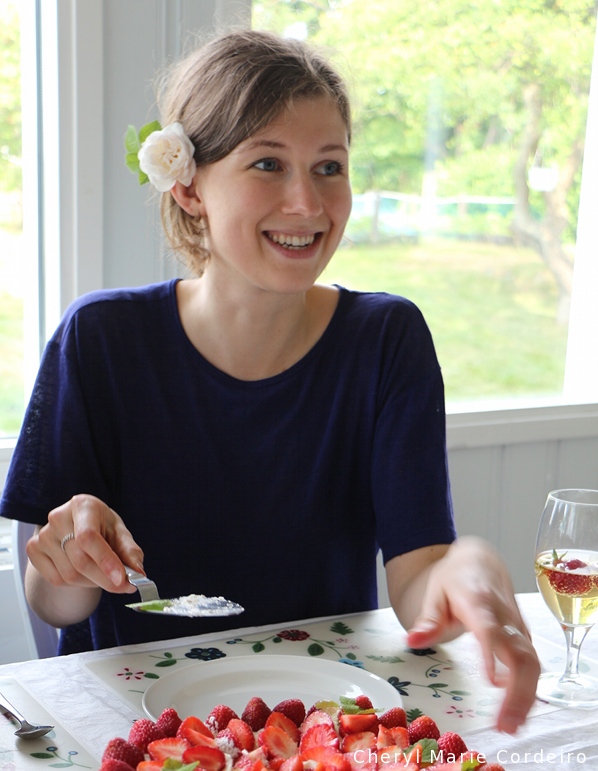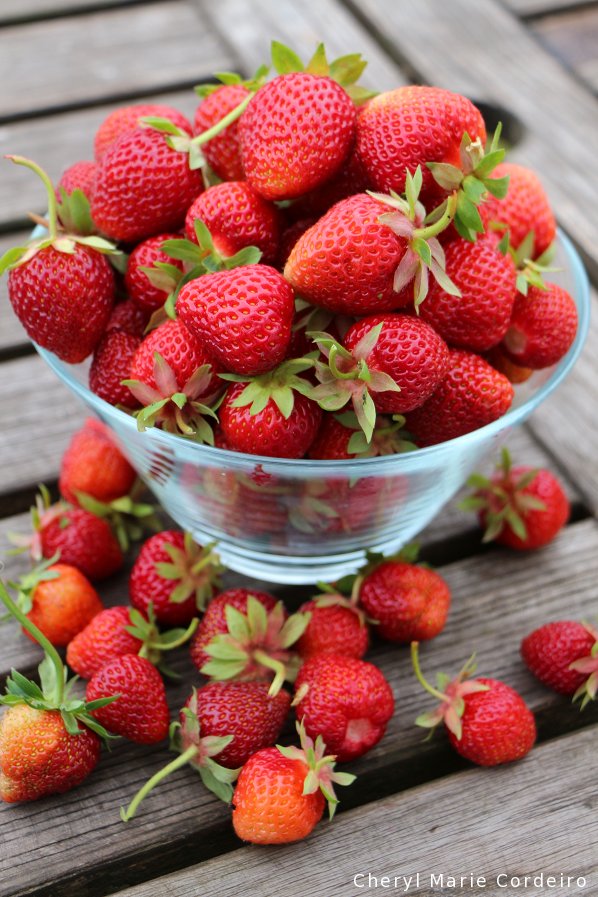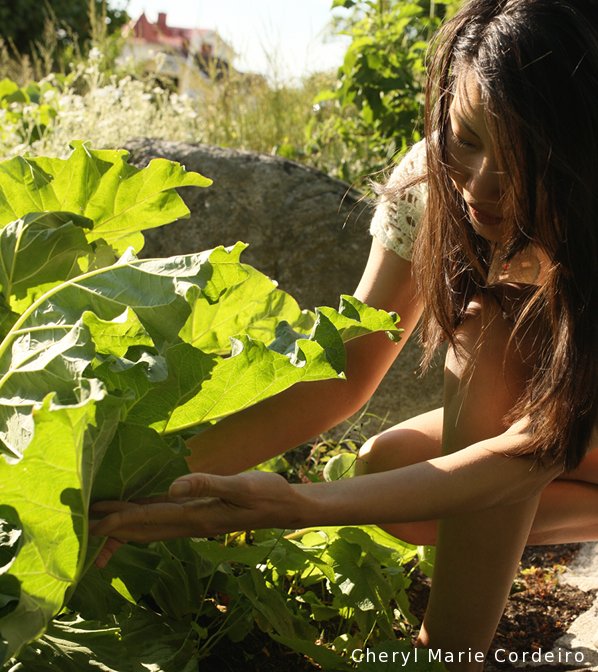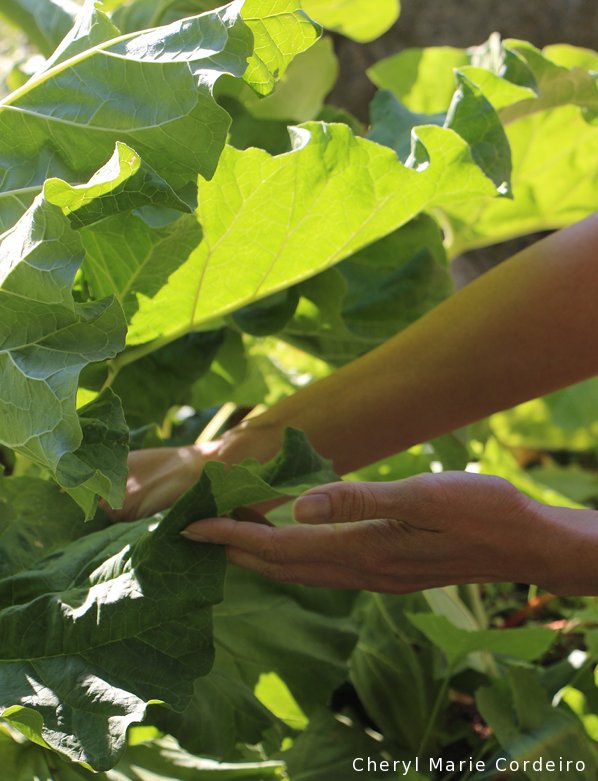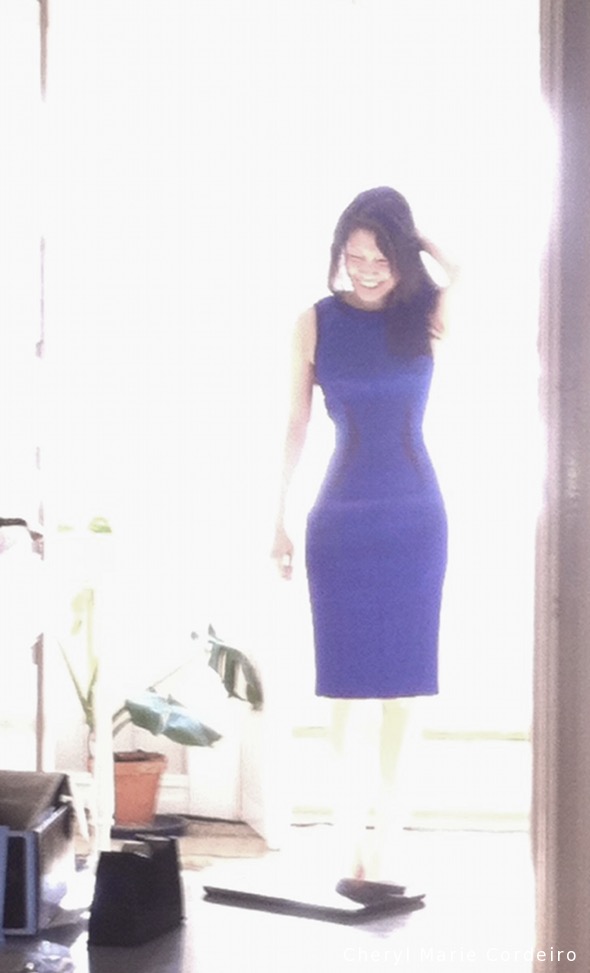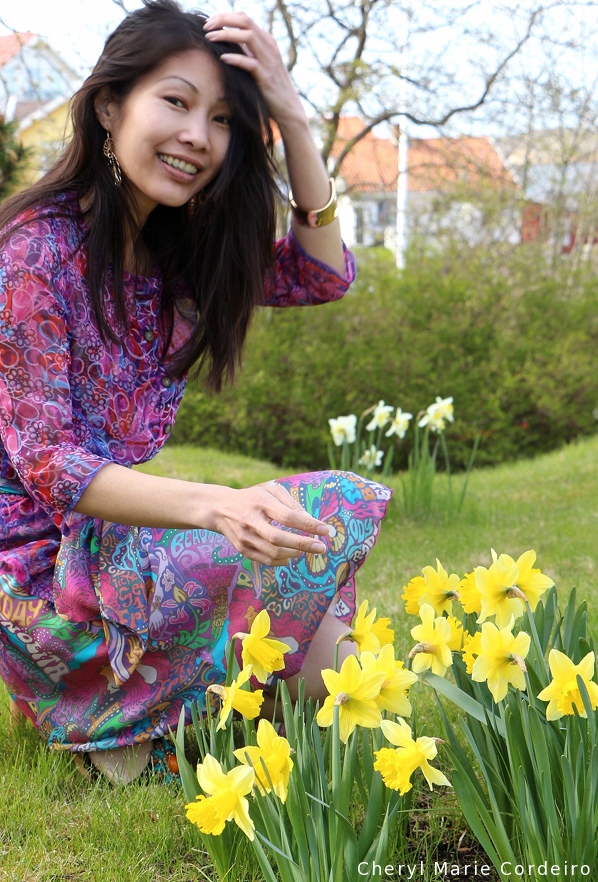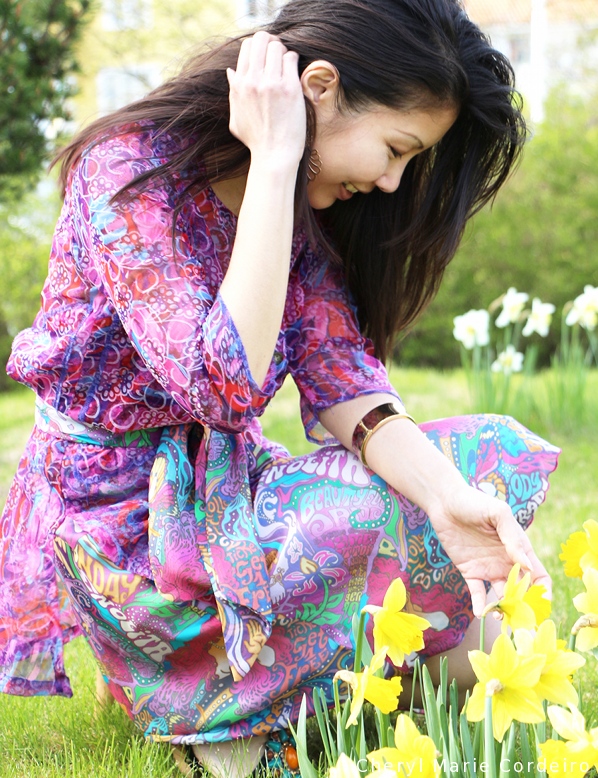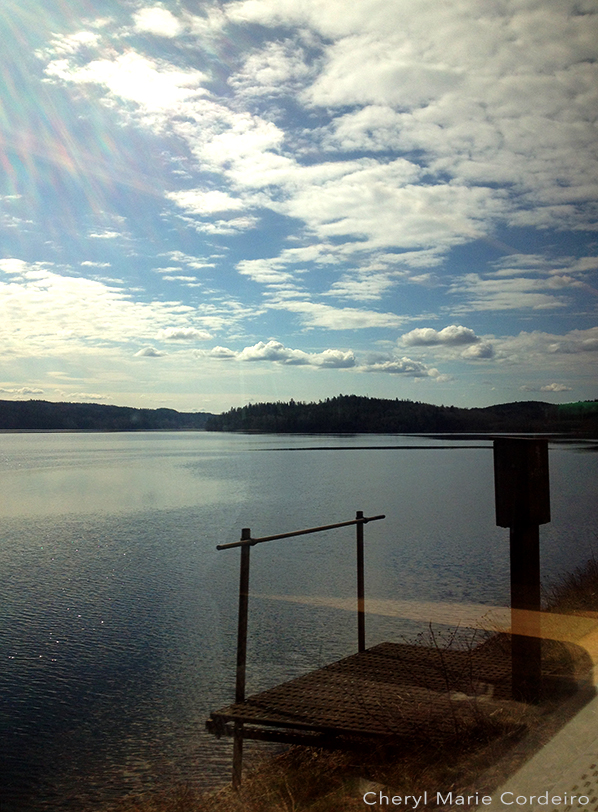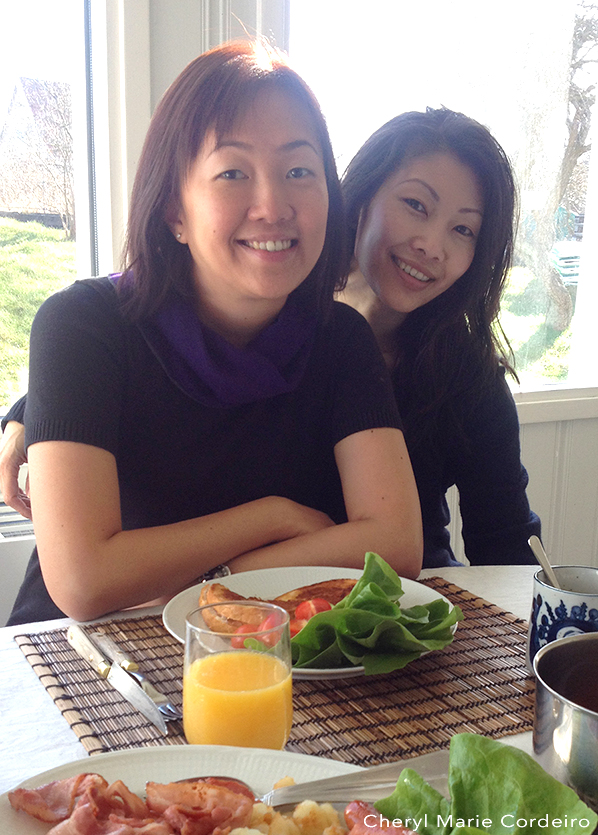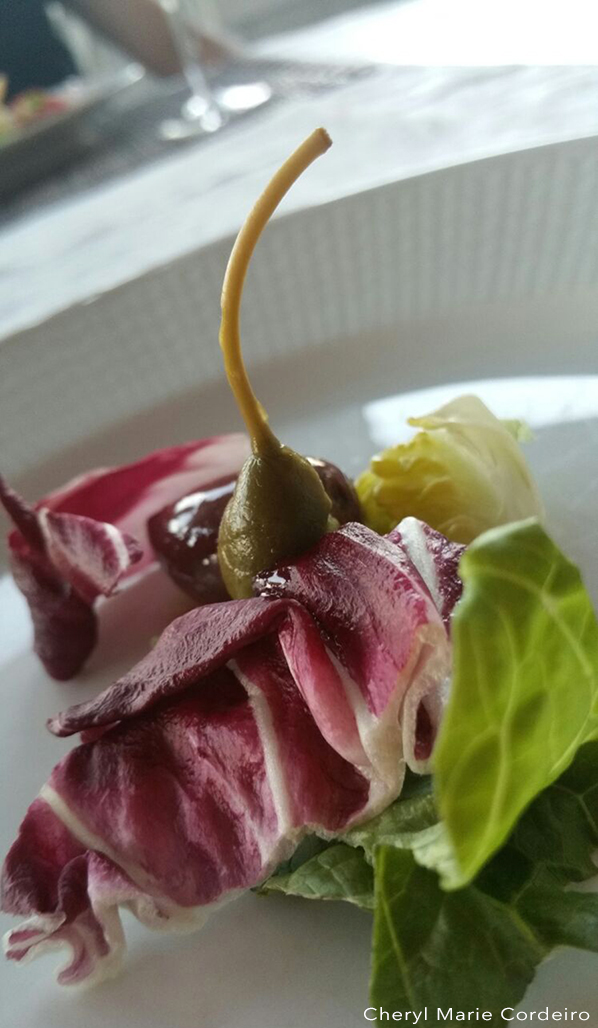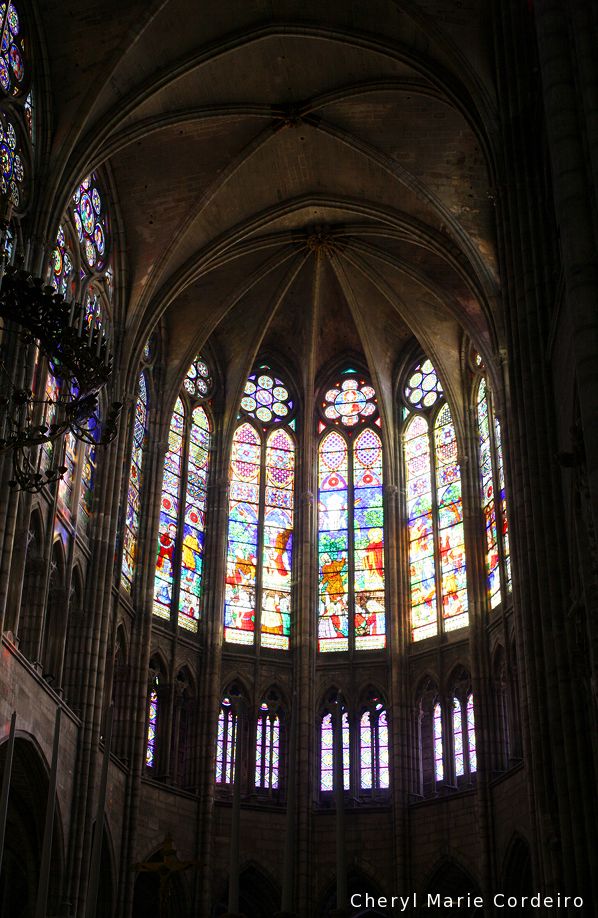Text & Photo © JE Nilsson, CM Cordeiro, Sweden 2016
We thought a wonderful way to use the strawberry harvest is to have it on the family’s absolute Swedish summer cake. This verily all-occasion cake is made of three layers of sponge cakes with a filling of fresh fruits and strawberry jam.
This cake is sheer joy. So much so that it tends to wash away any misgiving in conversation that might arise in these sittings of cake eating, such as when addressing the heavier life philosophical questions of – if you needed to choose, would you rather have room temperature beer, or room temperature beer with ice?
The answer to that took quite a bit of cake eating to solve.
